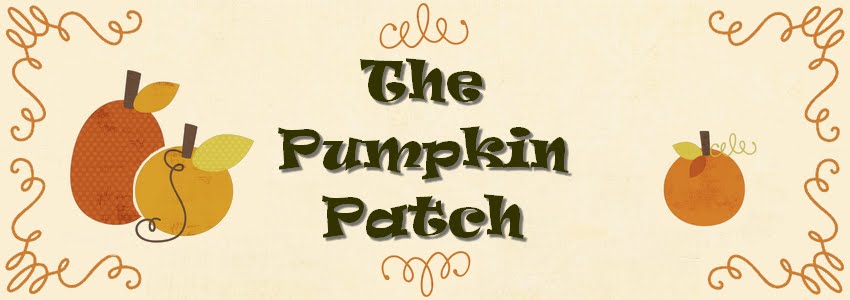It's been a while since I last blogged. I have been wrapped up in knowing what to do with my etsy.com store. See below for more information
NEWS from CPSC
U.S. Consumer Product Safety Commission
Office of Information and Public Affairs
Washington, DC 20207
FOR IMMEDIATE RELEASE
February 6, 2009
Release #09-120 CPSC
Recall Hotline: (800) 638-2772
CPSC Media Contact: (301) 504-7908
CPSC Spells Out Enforcement Policy For New Lead Limits In Children's Products Effective February 10
WASHINGTON, D.C. - Starting on February 10, 2009, consumer products intended for children 12 and under cannot have more than 600 parts per million of lead in any accessible part. This new safety requirement is a key component of the Consumer Product Safety Improvement Act (CPSIA) aimed at further reducing children's exposure to lead.
In an effort to provide clear and reasonable guidance to those impacted by this important law, the U.S. Consumer Product Safety Commission (CPSC) is announcing its enforcement policy on the lead limits established by the CPSIA.
Manufacturers, importers, distributors, and retailers should also be aware that CPSC will:
*Not impose penalties against anyone for making, importing, distributing, or selling
**a children's product to the extent that it is made of certain natural materials, such as wood, cotton, wool, or certain metals and alloys which the Commission has recognized rarely, if ever, contain lead;
**an ordinary children's book printed after 1985; or
**dyed or undyed textiles (not including leather, vinyl or PVC) and non-metallic thread and trim used in children's apparel and other fabric products, such as baby blankets.
(The Commission generally will not prosecute someone for making, selling or distributing items in these categories even if it turns out that such an item actually contains more than 600 ppm lead.) Sellers will not be immune from prosecution if CPSC's Office of Compliance finds that someone had actual knowledge that one of these children's products contained more than 600 ppm lead or continued to make, import, distribute or sell such a product after being put on notice. Agency staff will seek recalls of violative children's products or other corrective actions, where appropriate.
*Issue an interim final rule effective February 10, 2009, which establishes alternative lead limits for certain electronic devices, in order to prevent unnecessary removal of certain children's products from store shelves.
*Accept a manufacturer's determination that a lead-containing part on their product is inaccessible to a child and not subject to the new lead limits, if it is consistent with the Commission's proposed guidance or is based on a reasonable reading of the inaccessibility requirement. Paint and other coatings or electroplating are not considered barriers that make a component inaccessible.
This enforcement policy will remain in effect until superseded by action of the Commission.
CPSC still expects companies to meet their reporting obligation under federal law and immediately tell the Commission if they learn of a children's product that exceeds the new lead limits starting on February 10, 2009. Companies also should know that the CPSIA generally prohibits the export for sale of children's products that exceed the new lead limits.
As announced on January 30, 2009, the Commission approved a one year stay of enforcement for certain testing and certification requirements for manufacturers and importers. Significant to makers of children's products, the 'stay' provides limited relief from the testing and certification for total lead content limits, phthalates limits for certain products and mandatory toy standards. Manufacturers and importers - large and small - of children's products will not need to test or certify to these new requirements, but will still need to meet the lead and phthalates limits, mandatory toy standards and other requirements.
Certification based on testing by an accredited laboratory is still required for painted children's products and soon will be required for children's metal jewelry, as well as certain other products for non-lead issues.
********************************************************
The U.S. Consumer Product Safety Commission is charged with protecting the public from unreasonable risks of serious injury or death from thousands of types of consumer products under the agency's jurisdiction. The CPSC is committed to protecting consumers and families from products that pose a fire, electrical, chemical, or mechanical hazard or can injure children. The CPSC's work to ensure the safety of consumer products - such as toys, cribs, power tools, cigarette lighters, and household chemicals - contributed significantly to the 30 percent decline in the rate of deaths and injuries associated with consumer products over the past 30 years.
To report a dangerous product or a product-related injury, call CPSC's hotline at (800) 638-2772 or CPSC's teletypewriter at (800) 638-8270, or visit CPSC's web site at http://community.babycenter.com/do/redirect?url=http%253A%252F%252Fwww.cpsc.gov%252Ftalk.html. To join a CPSC email subscription list, please go to http://community.babycenter.com/do/redirect?url=http%253A%252F%252Fwww.cpsc.gov%252Fcpsclist.aspx. Consumers can obtain this release and recall information at CPSC's Web site at http://community.babycenter.com/do/redirect?url=http%253A%252F%252Fwww.cpsc.gov.

No comments:
Post a Comment